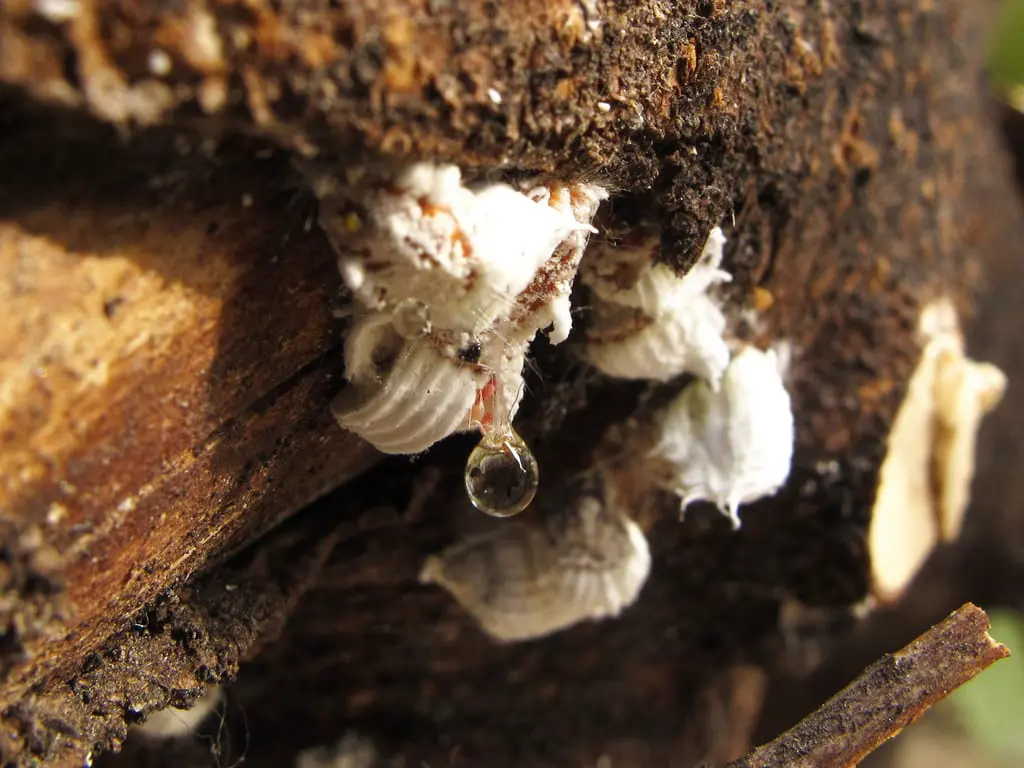We would all like to have plants that are always healthy, free of pests, but unfortunately there are some times of the year when there are some parasites and insects that do not hesitate to feed on them. One of the most common is the cottony mealybug , so called because, when touched, it reminds us quite a bit of cotton. It is very, very ‘soft’, and also very brittle.
We can see it in any type of plant, but especially in those that are suffering thermal and/or hydric stress, that is, those that are experiencing heat and/or that are thirsty or, on the contrary, have excess moisture. But, how to combat it?

These insects can cause a lot of damage to plants, which are already weak. Normally we tend to focus on eliminating the cochineal, but it is also very important to prevent it from reappearing . Let me explain: not only do we have to fight the insect, but it is also convenient to find out why it appeared and, once known, solve it. For example: if the plant has very dry soil, what we will do is increase the frequency of irrigation; if on the contrary it is very humid, we will water less.
Making these changes is very important, otherwise the cottony mealybugs will most likely reappear. And in that case the life of the plant would be in -even more- serious danger.
How to combat the cottony mealybug

These insects can be eliminated in two ways: with chemical insecticides of Chlorpyrifos, or with natural remedies , such as:
- Moisten an ear swab with water and isopropyl alcohol.
- Plant a clove of garlic in the pot.
- Collect 100 grams of green nettle leaves and put them in water for a few weeks, until they ferment. Then it is applied with a sprayer.
- If there are few or if the plant is small, they can be removed by hand.
- Treat with paraffin oil.
As you can see, there are several ways to combat mealybugs. And you, how do you treat your plants when they have this pest?
